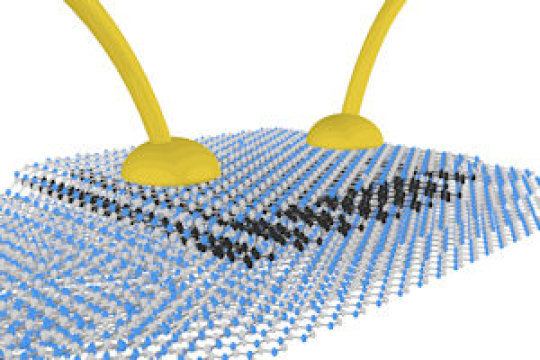University of Manchester team demonstrated how these 2D in stable materials that were highly in accessible can now be made useful by the method of fabrication by protecting the new reactive crystals with more stable 2D materials, such as Graphene, in a specially designed inert gas chambers.
By combining a series of 2D materials in thin stacks give scientists the opportunity to control the properties and make them useful in industries. They could be used in High -Frequency electronics for satellite communication, and in phones as light weight batteries. This breakthrough will allow to make more materials that would be highly thin and can act as building blocks.
The team, led by Dr Roman Gorbachev, used their unique fabrication method on two particular two-dimensional crystals that have generated intense scientific interest in the past 12 months but are unstable in air: black phosphorus and niobium diselenide.












